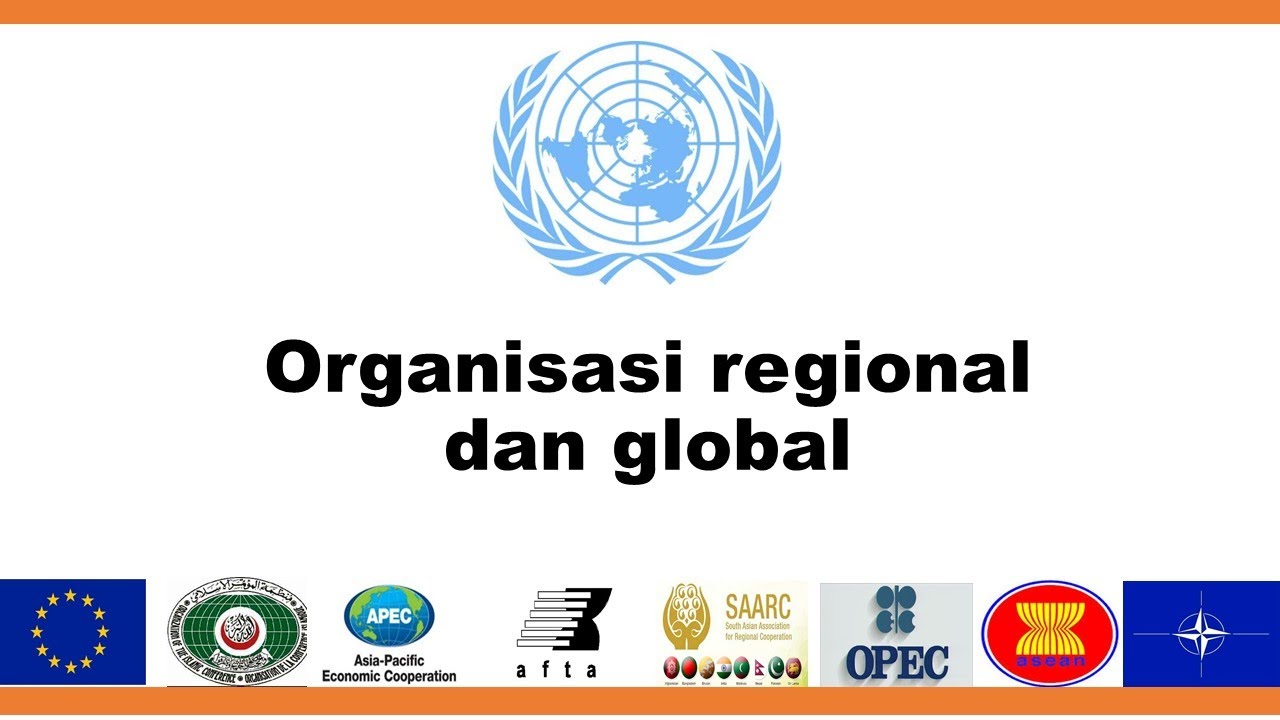APEC: Imagine the Possibilities
Summary
TLDRThe video highlights APEC's role in fostering regional cooperation, advancing free trade, and promoting prosperity in the Asia-Pacific. Established in 1989, APEC's 21 member economies focus on three pillars: trade and investment liberalization, business facilitation, and economic and technical cooperation. Through initiatives like reducing tariffs, improving market access, and supporting sustainable business practices, APEC has driven significant economic growth and poverty reduction. The organization also addresses emerging challenges like disaster resilience, supply chain disruptions, and energy security, contributing to a more integrated, prosperous region where economic disparities are reduced.
Takeaways
- 😀 APEC promotes closer economic, business, and community connections across the Asia-Pacific region.
- 😀 The organization aims to improve standards of living by advancing free trade and open investment in the Asia-Pacific.
- 😀 APEC was established in 1989 with 12 economies, now expanding to 21 member economies.
- 😀 APEC's fundamental goal is free and open trade and investment by 2020, set by leaders in Bogor, Indonesia in 1994.
- 😀 APEC's work is guided by three pillars: trade and investment liberalization, business facilitation, and economic and technical cooperation.
- 😀 The first pillar, trade and investment liberalization, focuses on market openness and regional economic integration.
- 😀 The second pillar, business facilitation, works to reduce trading costs and improve the ease of doing business across economies.
- 😀 The third pillar, economic and technical cooperation, helps businesses benefit from global trade in a sustainable manner.
- 😀 APEC helps small businesses access loans, foreign markets, and empowers women to contribute more to the economy.
- 😀 Over the past 20 years, APEC has helped reduce tariffs and improve trade facilitation, saving businesses billions of dollars.
- 😀 APEC's work extends to addressing regional challenges such as disaster response, pandemics, and energy security to ensure long-term prosperity.
Q & A
What is the main goal of APEC?
-The main goal of APEC is to advance free trade for Asia-Pacific prosperity by promoting economic integration, reducing trade barriers, and fostering cooperation among member economies.
When was APEC established and how many economies are currently members?
-APEC was established in 1989 with 12 economies. As of now, its membership has expanded to 21 economies.
What is the significance of the 1994 commitment made by APEC leaders in Bogor, Indonesia?
-The 1994 commitment in Bogor, Indonesia set the goal for APEC economies to achieve free and open trade and investment by 2020, marking a fundamental commitment to the region’s economic integration.
What are the three pillars of APEC's work areas?
-APEC's work areas are divided into three pillars: trade and investment liberalization, business facilitation, and economic and technical cooperation.
How does APEC work towards trade and investment liberalization?
-APEC focuses on opening up markets and integrating economies in the region to facilitate free and open trade and investment, reducing tariffs and trade barriers.
What is the role of business facilitation in APEC's strategy?
-Business facilitation aims to improve the ease of doing business by reducing trading costs, simplifying customs procedures, and supporting initiatives like the APEC Business Travel Card.
What does APEC's economic and technical cooperation involve?
-Economic and technical cooperation involves enabling businesses to take advantage of global trade in a sustainable way, with projects focused on empowering communities and improving business practices.
What impact has APEC had on tariff reduction in the past 20 years?
-Over the past 20 years, APEC has significantly reduced average tariffs across the region, facilitating easier and cheaper trade between economies.
How has APEC contributed to reducing poverty and increasing employment?
-APEC's efforts in trade liberalization and structural reforms have led to increased GDP, higher employment rates, and a significant reduction in poverty across many member economies.
What are some of the new challenges that APEC is addressing beyond traditional trade and investment?
-APEC is addressing new challenges such as supply chain disruptions during disasters, pandemic preparedness, and strengthening energy security for a sustainable future.
Outlines

Dieser Bereich ist nur für Premium-Benutzer verfügbar. Bitte führen Sie ein Upgrade durch, um auf diesen Abschnitt zuzugreifen.
Upgrade durchführenMindmap

Dieser Bereich ist nur für Premium-Benutzer verfügbar. Bitte führen Sie ein Upgrade durch, um auf diesen Abschnitt zuzugreifen.
Upgrade durchführenKeywords

Dieser Bereich ist nur für Premium-Benutzer verfügbar. Bitte führen Sie ein Upgrade durch, um auf diesen Abschnitt zuzugreifen.
Upgrade durchführenHighlights

Dieser Bereich ist nur für Premium-Benutzer verfügbar. Bitte führen Sie ein Upgrade durch, um auf diesen Abschnitt zuzugreifen.
Upgrade durchführenTranscripts

Dieser Bereich ist nur für Premium-Benutzer verfügbar. Bitte führen Sie ein Upgrade durch, um auf diesen Abschnitt zuzugreifen.
Upgrade durchführenWeitere ähnliche Videos ansehen

All about APEC: Primer

Organisasi Ekonomi Regional - Sejarah Peminatan XII IPS

Pasar Bebas/ Perdagangan Bebas

Sejarah Organisasi Regional dan Global

Geografi Kelas XII (14) Regionalisasi Kawasan Dunia Berdasarkan Pertumbuhan Ekonomi | Regionalisasi

KERJASAMA EKONOMI INTERNASIONAL - DESKRIPSI KERJASAMA EKONOMI INTERNASIONAL
5.0 / 5 (0 votes)
